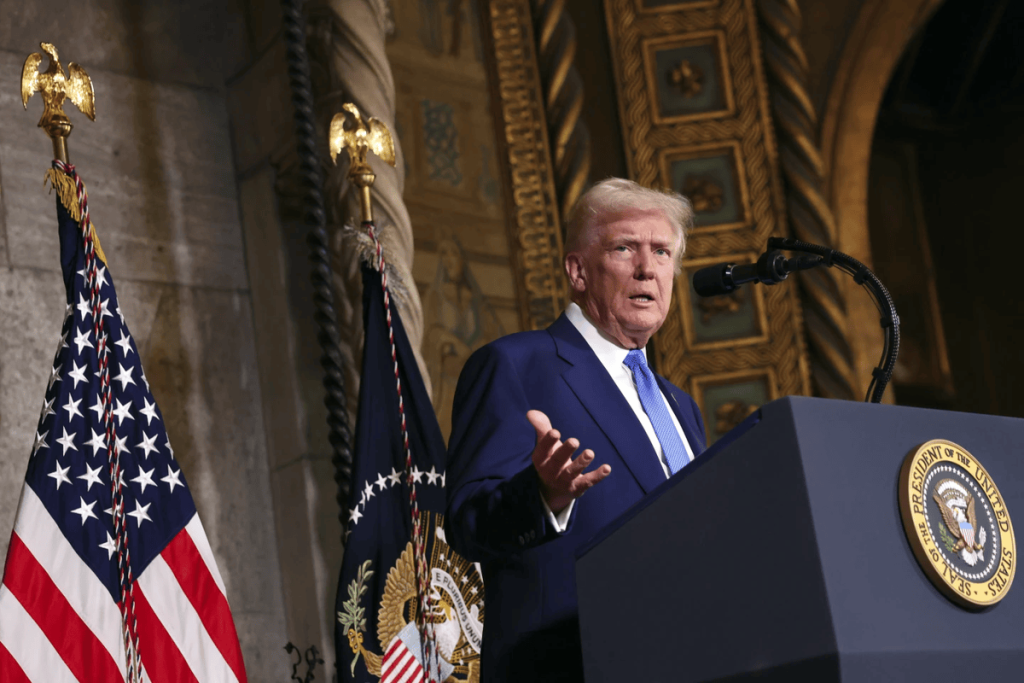President Donald Trump has signed an executive order aimed at transforming the landscape of in vitro fertilization (IVF) in the United States. With the goal of expanding access and aggressively reducing out-of-pocket expenses, the order marks a significant step in addressing the high IVF cost that has long burdened many American families.
What Is IVF?
In vitro fertilization is a widely used assisted reproductive technology that helps couples struggling with infertility. The process involves retrieving eggs and combining them with sperm in a controlled laboratory environment to create embryos, which are then transferred into the uterus in hopes of achieving a successful pregnancy. Despite its promise, IVF remains prohibitively expensive for many, with IVF costs per cycle ranging from $12,000 to $25,000—and often higher when multiple cycles are required.

Trump on IVF: Fulfilling a Campaign Promise
During his campaign, Trump made bold promises regarding fertility treatments. At a rally in Potterville, Michigan, he declared, “Under the Trump administration, your government will pay for—or your insurance company will be mandated to pay for—all costs associated with IVF treatment.” This statement resonated with many who view expanding access to IVF as a pro-family policy. His recent executive order is being hailed by supporters as a fulfillment of that promise. White House Press Secretary Karoline Leavitt tweeted shortly after the signing, stating, “PROMISES MADE. PROMISES KEPT: President Trump just signed an Executive Order to Expand Access to IVF!”
Senator Katie Britt also expressed her gratitude on social media, emphasizing the administration’s commitment to ensuring that more loving parents can start and grow their families.
The Executive Order on IVF: Key Directives
The newly signed Trump executive order on IVF outlines several policy directives designed to make fertility treatments more accessible and affordable. Here are the order’s primary components:
- Policy Recommendations: The order directs the Assistant to the President for Domestic Policy to develop a set of recommendations within 90 days. These recommendations will focus on protecting access to IVF and reducing both out-of-pocket expenses and health plan costs associated with fertility treatments.
- Regulatory Considerations: While the order aims to lower costs, it does not override existing laws or diminish the authority of federal agencies, such as the Office of Management and Budget.
- Funding and Implementation: The effectiveness of the order is subject to available appropriations. Thus, any proposed changes will require Congress to approve the necessary funding, ensuring that fiscal realities are taken into account.
- No New Legal Rights: Importantly, the order does not create any enforceable rights or new benefits but instead lays the groundwork for future policy changes aimed at improving IVF accessibility.
Addressing the IVF Cost Challenge
One of the most pressing issues highlighted by the executive order is the financial burden associated with IVF treatments. With an average cost of approximately $20,000 per cycle in the U.S., many hopeful parents face significant challenges, especially in states where insurance coverage is limited. In some regions, patients may incur over $40,000 in out-of-pocket expenses. Additional costs for medications, genetic testing, and embryo storage further compound the financial strain.
The order’s emphasis on reducing these costs is designed to ease the financial obstacles that prevent many families from pursuing IVF—a goal that aligns with broader efforts to support family formation and growth. As the Domestic Policy Council works on its recommendations, stakeholders across the country are watching closely to see how these changes might affect insurance mandates and overall healthcare spending.
For many Americans, this move represents hope—a promise that more families will have the opportunity to overcome infertility and build the families they desire.


